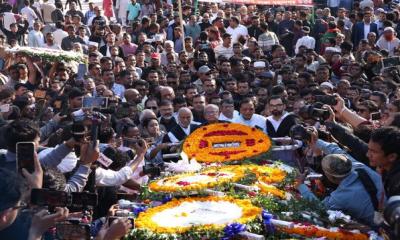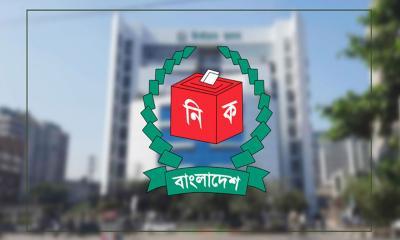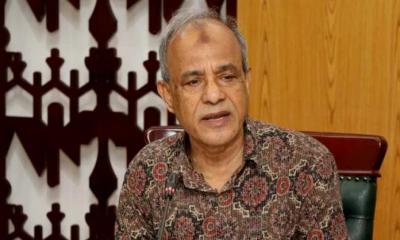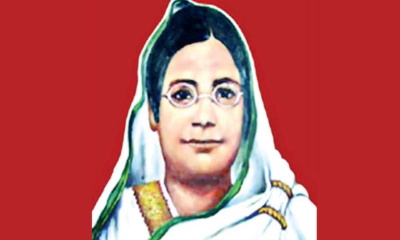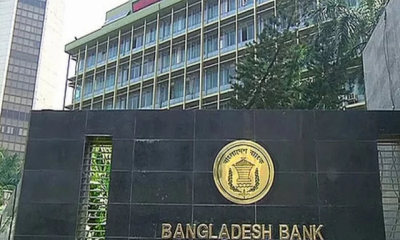The World Bank has warned that an additional 3 million people in Bangladesh are expected to fall into extreme poverty in 2025, as the extreme poverty rate is projected to rise from 7.7 per cent to 9.3 per cent.
The global financial institution made the disclosure in a latest report titled ‘Bangladesh Development Update’. It forecast that the weak situation in the labour market would continue in the current year, while general people, particularly those vulnerable to extreme poverty, may register a decline in their actual income, reports Prothom Alo.
The economic slowdown is disproportionately affecting the poor people and exacerbating existing inequalities.
Not only is the extreme poverty rate set to rise, but the national poverty rate is also projected to increase. The World Bank estimated that the national poverty rate will grow from 20.5 per cent in 2024 to 22.9 per cent in 2025.
The 2022 census reported the country’s population to be nearly 170 million. If the World Bank report is taken into account, the number of people living in extreme poverty is expected to reach 15.8 million by the end of 2025, and the total number of people below the national poverty line will be about 39 million.
What is poverty?
Poverty is measured using the international poverty line, defined as earning less than $2.15 per day. Those who fail to meet this threshold are considered extremely poor.
Also, the countries maintain their own poverty line. In Bangladesh, one will be considered poor if they do not have the ability to spend an average of Tk 3,822 per month to avail food, non-food products, and services. At the same time, the Bangladesh Bureau of Statistics (BBS) uses 119 indicators to assess poverty levels across the country.
Why is actual income falling?
Inflation has remained above 10 per cent for more than a year, while wage growth did not rise at a similar pace. As a result, the real income of general people has been declining.
When the people’s wage increases do not match inflation, their purchasing power falls. In Bangladesh, the wage growth has been lower than inflation for the past three years and three months. According to BBS data, wage growth last outpaced inflation in January 2022. Since then, actual incomes have consistently declined, particularly for those below the poverty line.
In January 2022, inflation was recorded at 5.86 per cent, while the wage growth rate was 5.92 per cent. In March this year, inflation was 9.35 per cent against a wage growth rate of 8.15 per cent.
Inflation acts like an invisible tax. When the prices of essential goods rise without a corresponding increase in income, people are forced to cut back on basic necessities or take on debt. People’s sufferings exacerbate when inflation outpaces their wage growth. When the actual income declines, people fall below the poverty line.
Weak labour market and economic slowdown
Economists believe there are various reasons, including political uncertainty, behind the current economic slowdown. Key indicators such as revenue collection, implementation of the annual development programme (ADP), and private sector investment have not been robust.
There is a shortfall of Tk 650 billion in revenue collection by the National Revenue Board (NBR). ADP implementation fell to its lowest level in six years, with reduced spending on development projects. Besides, credit growth to the private sector has declined and new investments have slowed down due to political instability. All these have eventually led to reduced employment opportunities.




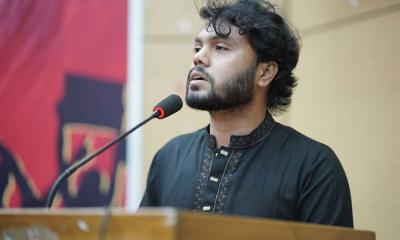

-20251214131253.webp)








